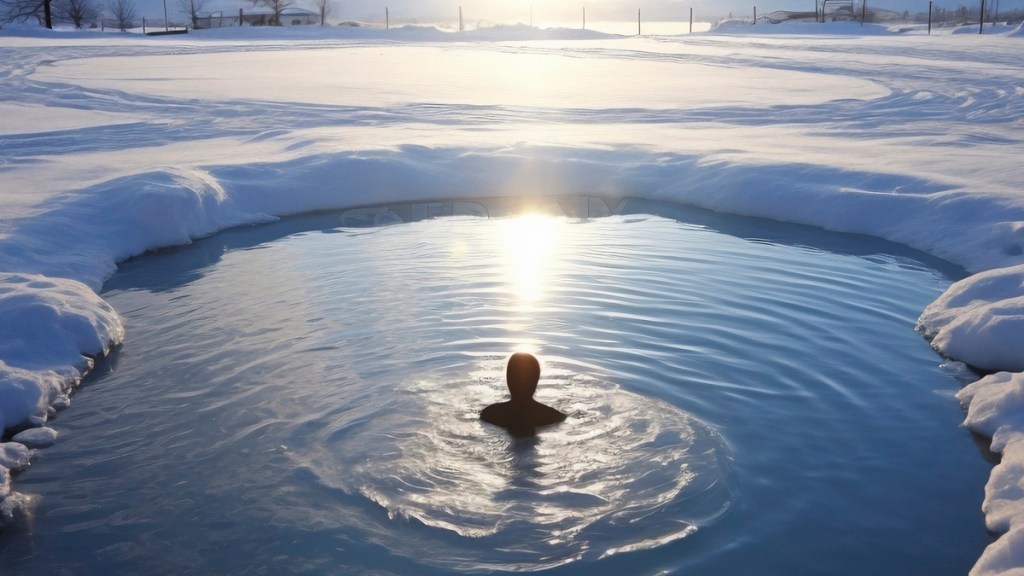In the recent years, ice baths have become extremely popular. Once strictly followed by only elite athletes, the fitness trends is now being embraced by fitness enthusiasts around the world.
In ice baths, also known as “cold water immersion”, you have to completely immerse your body in cold water for a set amount of time. In ice bath, the temperature of the water typically range from 10–15°C. Some people opt for icy water.
Several people have jumped into freezing water and shared videos on social media claiming that this helps with everything from recovery after exercise to mental health.
What are the benefits?
A report by Science Alert revealed that ice baths can help in reducing muscle soreness and improve recovery after exercise. Moreover, studies suggest that having an ice bath immediately after a bout of intense exercise can reduce muscle soreness in the following hours and days.
Ice baths have also been shown to help with recovery in areas including muscle strength, power and flexibility.
What are the side-effects?
Experts maintain that too much ice baths may lead to decrease the impact of training-related increases in strength, endurance and power, as well as muscle growth. In rare instances cold water immersion has been shown to lead to cold shock.
Cold shock can lead to gasping, hyperventilation, high blood pressure, and, infrequently, cardiac arrhythmia (irregular heartbeat), which can be fatal if not treated quickly.
What to do achieve maximum benefits?
Here are some tips to achieve the maximum benefits from ice baths:
- Don’t go too cold
- Don’t stay in too long
- Enter slowly
- Monitor how you’re feeling
- Avoid taking ice baths regularly

